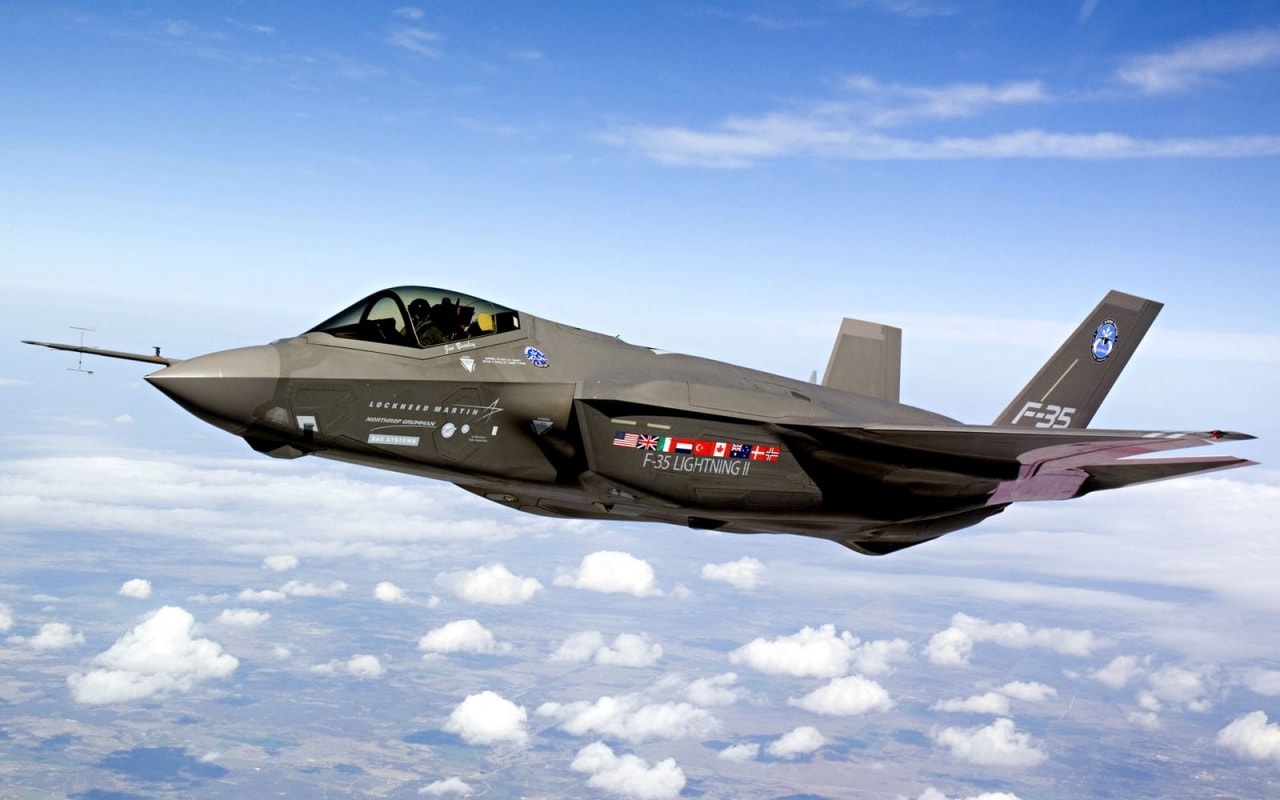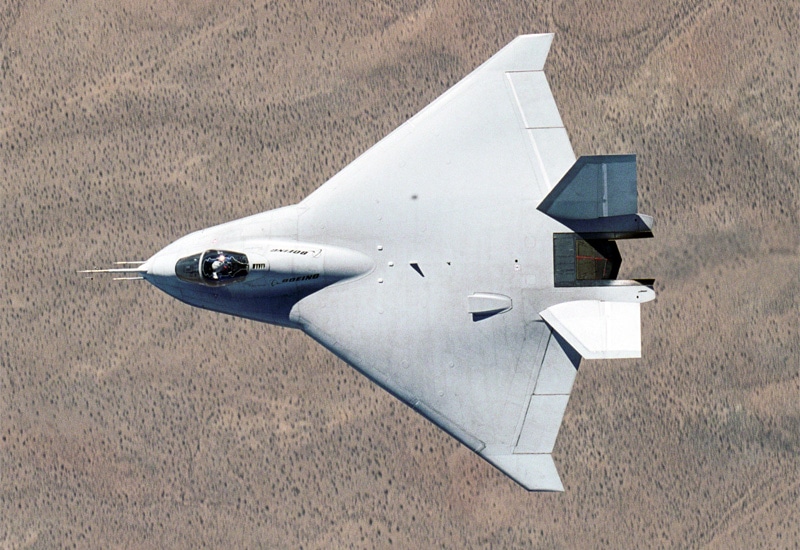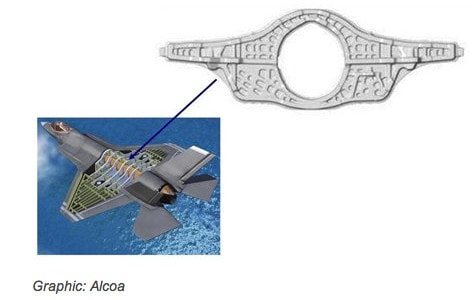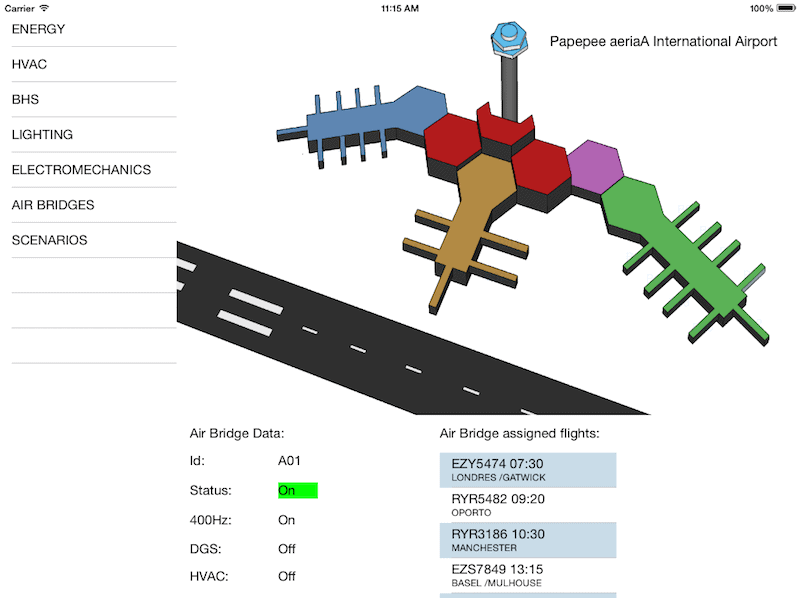In the first post (On Project Management and Joint Strike Fighter Program (part I)) I introduced the JSF contract competition and I started to talk about Project management thoughts related to the Nova documentary about the JSF program. In this post I would like to continue with it.

Writing as a scriptwriter of interlaced movies, I move forward in this story to talk about the present situation of the F35 program:
- In a report, issued by the Government Accountability Office (they work for the US Congress) on june 2012, the estimated cost of one F35 unit raised from $69 millions, not the objective of JSF to cost the third of the $100 million F22 unit costs, raised to $133 million! one third more of the F22.
- Problems with stakeholders realtionship, between Lockheed Martin and DoD is awful. The Joint Program Office (JPO) Manager, a two-star general, said “The relationship between Lockheed Martin, the JPO, and the stakeholders is the worst I’ve ever seen — and I’ve been in some bad ones”.
- Problems with software and the helmet. This plane is too advanced that about 12 million lines of code (mainly C++) and the complexity of the helmet device make this beauty aircraft a real headache for everybody.
- In 2006 it is planned to procure 1.591 units, now the number decreases to….365.
It’s time to speak more about a little notes of Project Management and the JSF program competition. After I talked about the Project Charter in the previous post, I want to expose about Risk Management, Change Management, Schedule, Budget, human resources, managing stakeholder expectations and lessons learned.
A project needs to meet the scope, the quality, the schedule and the budget defined. In this case the contractors had 24 months to build the prototypes, $750 millions, a multirole and multiservice fighter to develop and test.
- Risk Management and affected processes:
I want to highlight two main risks faced by both contractors.
Boeing, in order to reduce to the maximun the costs and provide simplicity to the aircarft building parts, decided to develop a delta wing. This caused two overcomes.
- The delta wing is very good for budget, high speed, more fuel therefore more range action … but slow speed at turns. The project already started and the engineers joined in a room and discussed for changing the aircraft tail in order to gain maneuverability. They decided to changed it but it was to later to implement it in the prototypes. Later, the project managament board, at the Change Control Meeting, decided not to change and stay conservative. The
- The wing will be built by a new material, in fact, the engineer were experimenting with thermoplastics material building the wing. As the engineer said “We have no time or schedule to design something else, so we, we have to make it work the first shot”. It provoked water leaks in the under section of the wing during the internal tests before the plane’s assembly. 99% percent of the aircraft pieces were waiting to the wing because the water leaks. Nevertheless the managed successfully the situation and assembled the plane with weeks before scheduled.
So, it makes me think if they included this activity as part of the critical path in the schedule. Surely they did, but the not completion at time of the wing caused a long wait for the airplane assembly. But, probably, the activities contingency reserves, extra effort and surely another activities sequence, made the plane assembled weeks before scheduled. I wonder how they did achieve this?
Boeing X32 delta wing:

Lockheed Martin had his main risks too:
- The experimental lift fan for vertical take-off and landing. Never used before. “Houdini once made a five-ton elephant disappear. Lockheed plans an even greater feat: to levitate over three times that weight, a 17-ton fighter, using its radical new lift-fan. The fate of the competition and perhaps even the fate of the company rests on this untested system.”
The lift fan system developed by Lockheed Martin were one of the key success for its winning. It had two great advantages and purposes:
- Make more stable the landing and take-off operations.
- And for avoiding the great risk of this operation: when an aircraft make vertical operations the hot gasses that are reflected from the ground could be injected again in the exhausts of the plane, making it loose power and gasses explosions. X32 had this problem in one of his tests. But the lift fan creates a cold air barrier for avoiding the hot gasses disturb the vertical operations
- .
- And as Boeing, a problematic piece, bulkhead 270, It will join the front of the plane, including the cockpit, to the fuselage. Lockheed engineers have tried to save money by reducing the number of parts needed to build the plane. As explained in the video:
“As a key piece holding the plane together, it’s made of the metal alloy titanium. The combination of strength and lightness make it a natural choice for the bulkhead. But nobody at the Skunk Works had anticipated how hard it would be to carve such a complicated piece out of this super hard metal.
On top of the crisis on the shop floor, bad money management threatens to get Lockheed fired from the competition. In a program in large part about affordability, the company admits it’s 100 million dollars over budget, Lockheed blames part of the overrun on a 30-million-dollar accounting error”
Next image shows a middle bulkhead. The bulkhead 270 is placed before the cockpit.

In the next post, I will complete this series of posts with a few more examples related to project management activities.
For more info:
First post of this series: On Project Management and Joint Strike Fighter Program (part I)
Alcoa bulkhead fact sheet: JSF Alcoa fact sheet.
GAO report of F35 program: GAO
Present problems F35: Software and bad relationships.

This work by Pedro Garcia is licensed under a Creative Commons Attribution-NonCommercial-ShareAlike 3.0 Unported License



